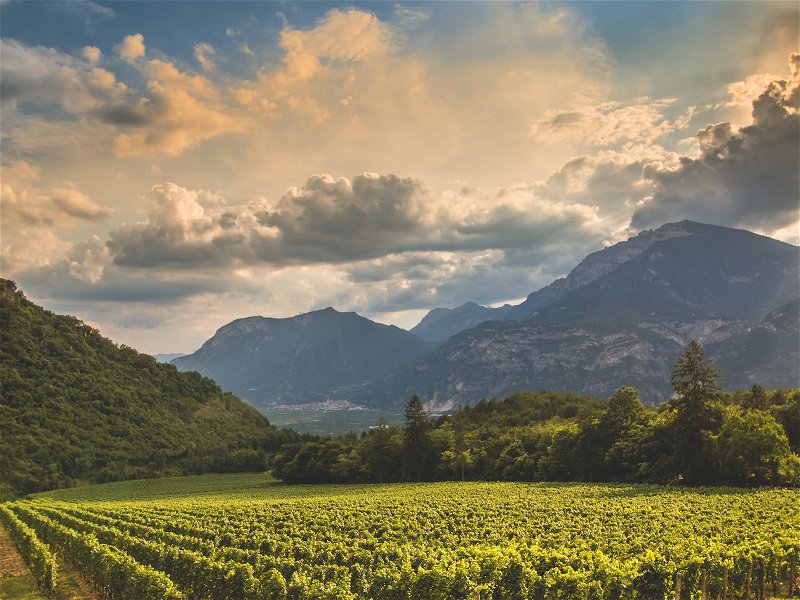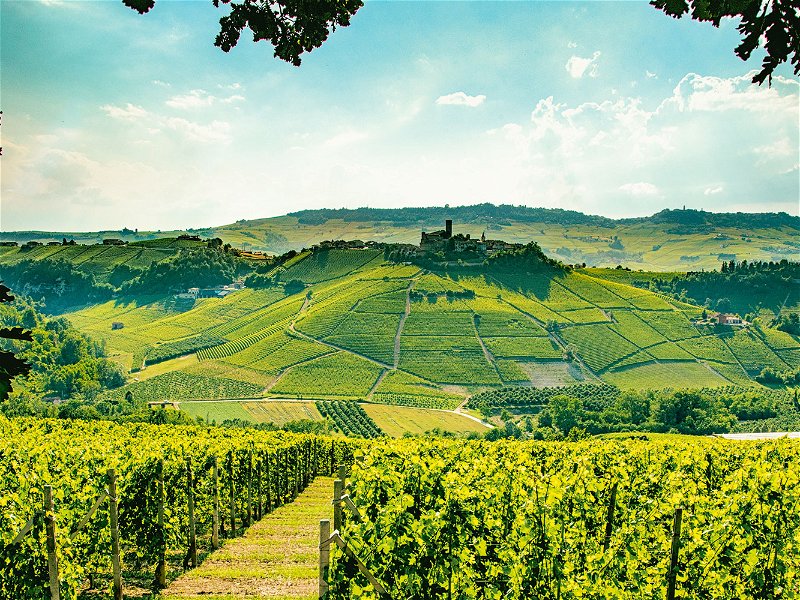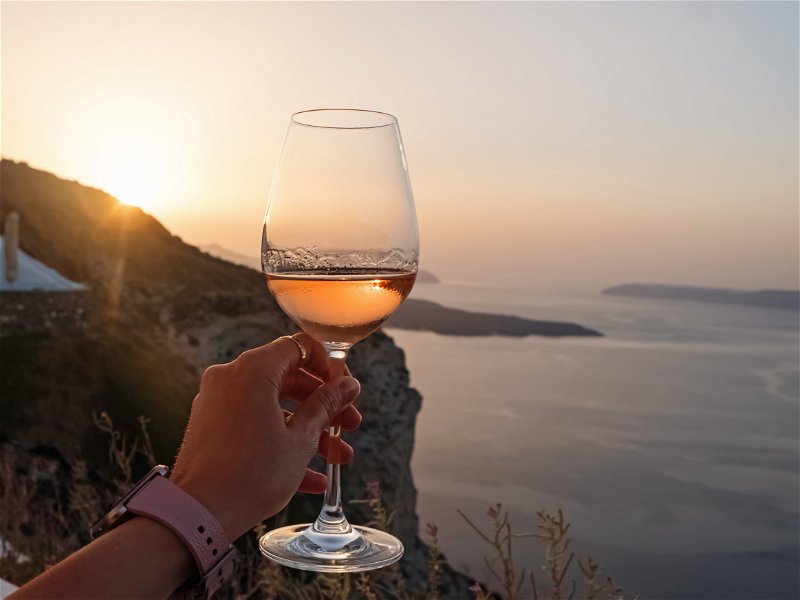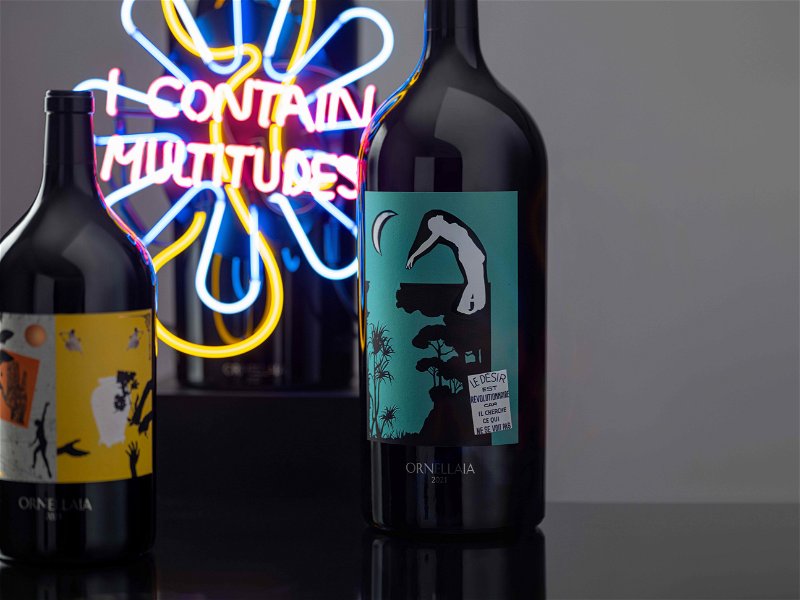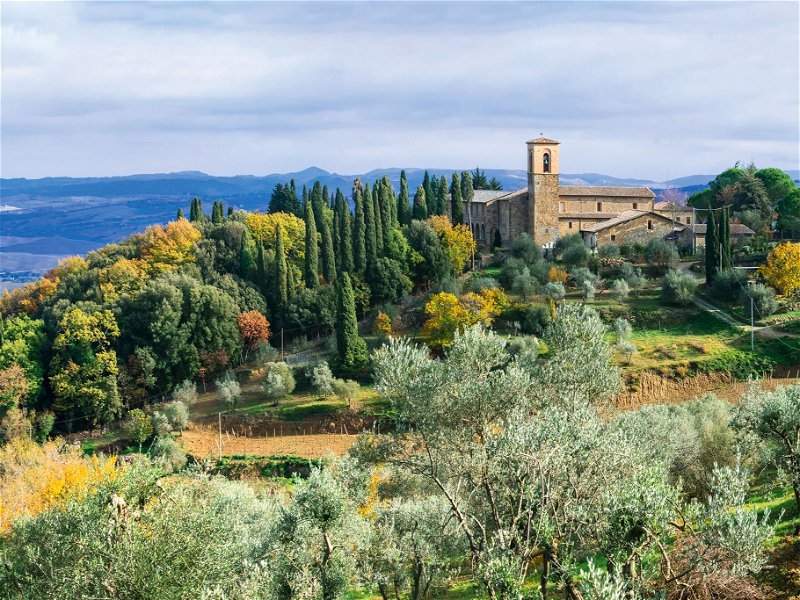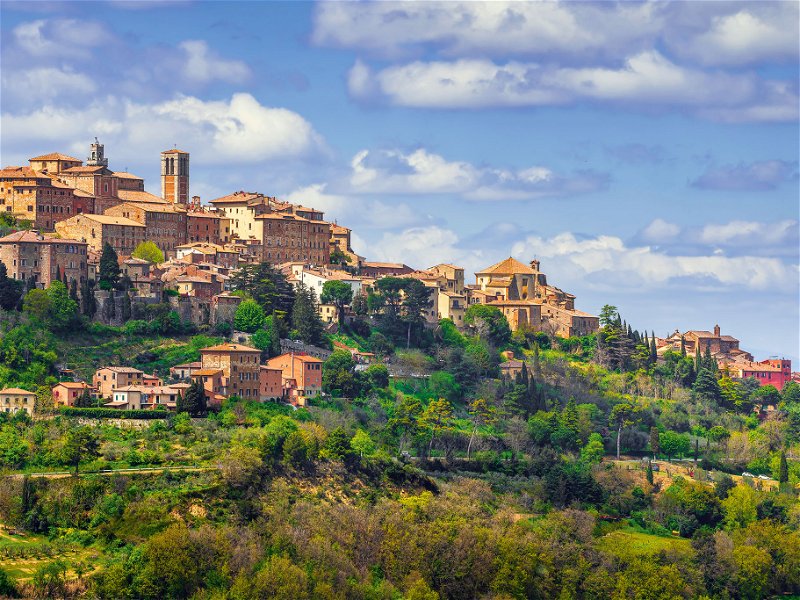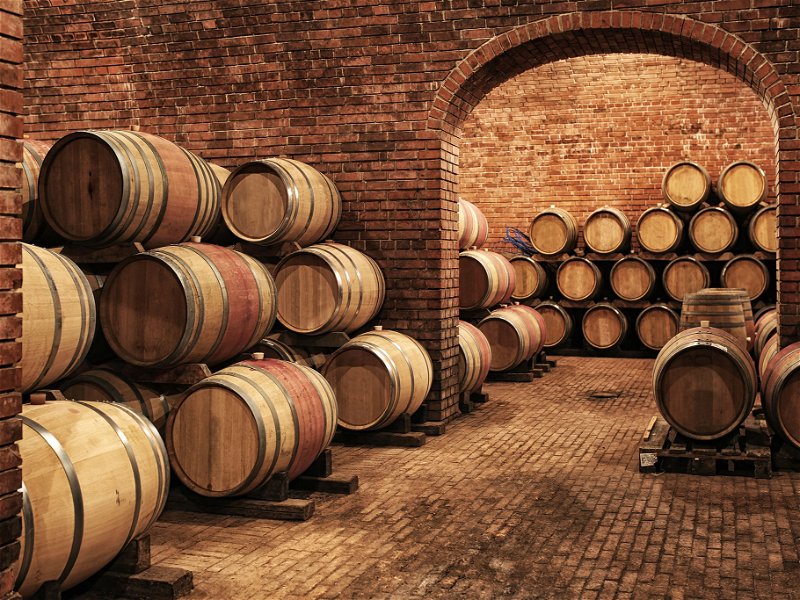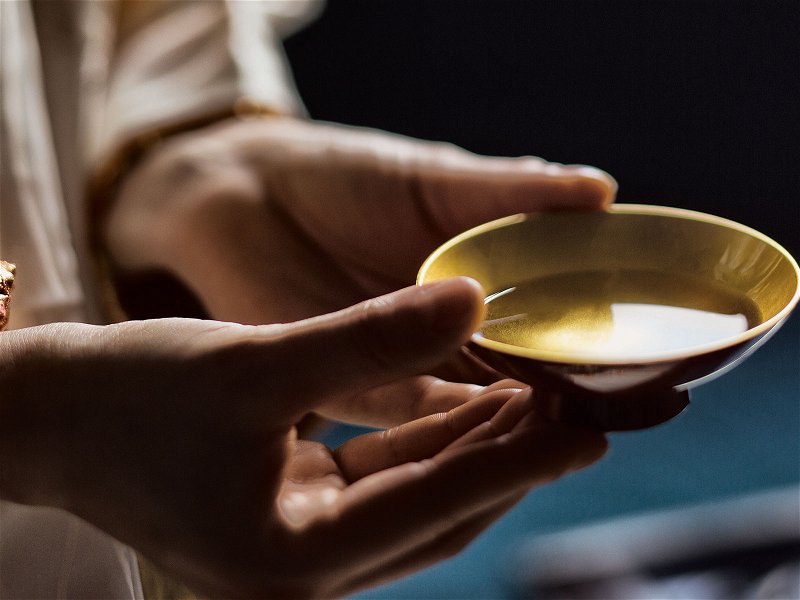A Primer on Port
Brush up on Port with our quick primer on the region, grapes and styles of this sweet fortified wine.
The area of Port wine production has been demarcated since 1756 and extends across 250,000ha/617,800 acres of which about 44,000ha/180,730 acres are under vine. It is located in the Douro Valley in Portugal’s north and divided into three areas: Lower Corgo, Upper Corgo and Upper Douro.
The vineyards are on the steep schist and slate slopes that seam the river Douro and are often terraced by drystone walls. The differences in altitude, soil and aspect account for numerous stylistic differences between the different quintas. Since the area is inland, the seasons are marked, and an old local saying describes the climate as “nine months of winter and three months of hell” illustrating the infernal inland heat of summer.
Port is made from local grape varieties that can thrive in these harsh and often extreme conditions. The most commonly used are Touriga Nacional, Touriga Franca, Tinta Roriz (aka Tempranillo), Tinta Cão and Tinta Barroca. The grapes are harvested and foot-trodden in granite troughs called lagares (even though today mechanical extraction with robotic “feet” is widely used). This ensures the rapid extraction of colour and tannins from the grape skins. The juice then starts fermenting but before the yeasts can complete the fermentation and consume all the grape sugars, the fermenting juice is fortified with 77% ABV grape spirit. This kills the yeasts, arrests fermentation and leaves a wine with about 20% ABV and somewhere between 90-110g/l of residual sugar. It is the quality of the wine and the style of ageing that then determines the Port style.
Ruby Port
Entry-level Ports, filtered and bottled after 2-3 years of maturation. Full of fruit flavours and ideal for mixing in long drinks and cocktails. Made for immediate consumption.
LBV or Late Bottled Vintage
Wines blended from the same vintage, filtered and bottled after 3-6 years of maturation. Ideal for getting to know Port. Made for immediate consumption.
Vintage Port
Port wines from the best years only, declared as a vintage. Bottled unfiltered after 2-3 years in barrel, requiring at least 20 years of bottle age but 40 or 50 is even better. Since Vintage Ports throw a heavy deposit, they must be decanted.
Tawny Port
After an initial maturation in large barrels for 2-3 years, these Ports are transferred to 550-litre barrels called pipas where they continue ageing oxidatively. Having been fortified, the wines can withstand this and develop complex aromas. Simple Tawny Port gives an idea of style, but most Tawnies are sold with an age declaration of 10, 20, 30 or 40 years, the older blends gaining superb complexity, spice and aroma.
Colheita
These are vintage-dated Tawny Ports, i.e. woodaged Ports from a single vintage. They need to spend at least seven years in barrel before being bottled. Often they are only bottled after many years of ageing and represent great value.

